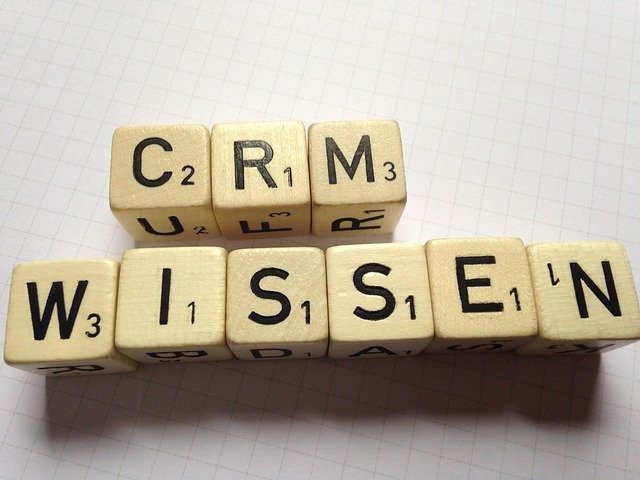Building Customer Relationships That Drive Product Sales via Email
Email marketing remains one of the most powerful tools for building lasting customer relationships while driving consistent product sales. Through strategic communication, personalized content, and data-driven approaches, businesses can transform their email lists into revenue-generating assets. Understanding how to leverage email marketing effectively requires mastering relationship-building techniques that naturally lead to increased product purchases and customer loyalty.

Email marketing serves as a direct communication channel between businesses and their customers, offering unparalleled opportunities to build meaningful relationships that translate into consistent product sales. Unlike social media platforms where algorithms control visibility, email provides guaranteed access to your audience’s inbox, making it an essential component of any successful marketing strategy.
How to Get Products Through Email Marketing: Strategies That Drive Sales
Successful product promotion through email requires a strategic approach that balances relationship building with sales objectives. Start by segmenting your email list based on customer behavior, purchase history, and engagement levels. This segmentation allows you to send targeted messages that resonate with specific audience groups, increasing the likelihood of product purchases.
Develop a content calendar that includes product showcases, educational content, customer testimonials, and exclusive offers. The key is maintaining a balance where promotional content comprises only 20-30% of your total email communications, while the remainder focuses on providing value through helpful information, industry insights, and entertainment.
Get Insights on How Get Products Through Email Marketing
Data analytics play a crucial role in understanding which email strategies drive the most product sales. Track key metrics including open rates, click-through rates, conversion rates, and revenue per email to identify patterns in customer behavior. Use A/B testing to experiment with different subject lines, email formats, send times, and call-to-action buttons.
Personalization significantly impacts email marketing success. Beyond using the recipient’s name, incorporate dynamic content that reflects their browsing history, past purchases, and stated preferences. Behavioral triggers, such as abandoned cart emails or post-purchase follow-ups, can recover potentially lost sales and encourage repeat purchases.
Building Trust Through Consistent Communication
Trust forms the foundation of successful email marketing relationships. Establish credibility by maintaining consistent branding, delivering on promises made in your emails, and providing transparent information about your products and services. Share behind-the-scenes content, company updates, and team introductions to humanize your brand and create emotional connections with subscribers.
Regular communication keeps your brand top-of-mind without overwhelming subscribers. Develop a consistent sending schedule, whether weekly, bi-weekly, or monthly, and stick to it. Consistency helps subscribers anticipate and look forward to your emails, improving engagement rates and building stronger relationships over time.
Creating Compelling Product Presentations
Effective product presentation in emails goes beyond simple product descriptions and prices. Use storytelling techniques to demonstrate how your products solve specific problems or enhance customers’ lives. Include high-quality images, customer reviews, and detailed benefits that address common pain points your target audience experiences.
Implement scarcity and urgency tactics judiciously to encourage immediate action without appearing manipulative. Limited-time offers, exclusive subscriber discounts, and early access to new products can motivate purchases while making subscribers feel valued and special.
Email Marketing Platform Comparison
Choosing the right email marketing platform significantly impacts your ability to build relationships and drive sales. Consider factors such as automation capabilities, segmentation options, analytics features, and integration possibilities when making your selection.
| Platform | Key Features | Monthly Cost Estimation |
|---|---|---|
| Mailchimp | Drag-and-drop builder, automation, analytics | $10-300+ |
| Constant Contact | Event marketing, social media integration | $20-335+ |
| ConvertKit | Creator-focused tools, advanced automation | $29-208+ |
| Campaign Monitor | Professional templates, journey builder | $9-149+ |
| AWeber | Split testing, autoresponders, integrations | $16.15-186+ |
Prices, rates, or cost estimates mentioned in this article are based on the latest available information but may change over time. Independent research is advised before making financial decisions.
Measuring Success and Optimizing Performance
Regular performance analysis ensures your email marketing efforts continue driving product sales effectively. Monitor revenue attribution to understand which email campaigns generate the most sales and identify opportunities for improvement. Track subscriber lifetime value to gauge the long-term impact of your relationship-building efforts.
Continuous optimization involves testing different approaches, analyzing results, and refining your strategy based on data insights. Pay attention to subscriber feedback, unsubscribe reasons, and engagement patterns to identify areas where you can better serve your audience while achieving your sales objectives.
Building customer relationships through email marketing requires patience, consistency, and genuine commitment to providing value. When executed properly, this approach creates a sustainable foundation for long-term business growth, turning subscribers into loyal customers who actively seek out and purchase your products. The key lies in balancing promotional content with valuable information, maintaining authentic communication, and continuously adapting your strategy based on customer feedback and performance data.




